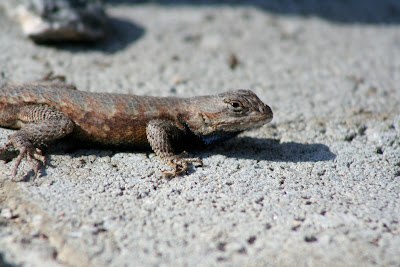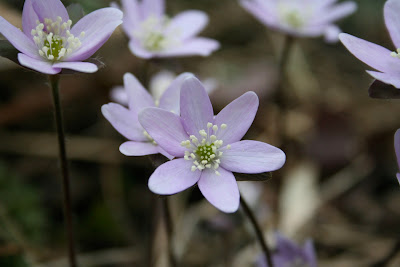 |
| Sunrise November at Green Lake, WI |
As for me, I did quite the bit of traveling. I went to North Carolina in March, Texas in June, and Washington state in August. In between I did my excursions throughout my homestate of Illinois and Wisconsin. So many cool birds and unique plant life were abound in these regions but I can write a book on everything I saw. I also worked at the Morton Arboretum for the summer. This living tree museum has many gardens within the park and I had to tend them for my internship. I had an awesome bird feeder setup in my college town of Platteville, WI, and I'll never forget all the birds that visited it during my last semester as a sophomore.
As for my hike with God, It was better then previous years. Sure I went through time of growth and dormancy like a tree through the seasons, but He is always there waiting for you to talk to Him and He will guide you through the good times and the bad times. What I love about God is that He will never change. Years come and go with their events, but God has stood through all of these and still has His love, judgement, and His gift to the earth. I pray that I can read His word more often and understand what He wants for me in 2011. he has shown me so many great things and has provided for me throughout the year, and I can't wait to see what He has in store for 2011!
I do want to thank my Platteville family for being there and being awesome friends, my friends at home, and my wonderful girlfriend. Thank you for making 2010 a great year!
Here are some of my favorite photos from 2010:
 |
| Bur Oak at the Morton Arboretum January in Lisle, IL |
 |
| Milkweed pods with frost January in Platteville, WI |
 |
| Beaver Damage January in Platteville, WI |
 |
| Highbush Cranberry Viburnum with frost January in Platteville, WI |
 |
| Downy Woodpecker January in Platteville, WI |
 |
| American Goldfinches January in Platteville, WI |
 |
| Glaucous Gull February in Winthrop Harbor, IL |
 |
| American Hazelnut flowers March in Lombard, IL |
 |
| Sunrise March in Pisgah Forest, North Carolina |
 |
| Eastern Fence Lizard March in Pisgah Forest, North Carolina |
 |
| Sharp-lobed Hepatica March in Platteville, WI |
 |
| White-throated Sparrow April in Platteville, WI |
 |
| Bloodroot April in Platteville, WI |
 |
| Bellwort April in Belmont, WI |
 |
| Jack-in-the-pulpit April in Belmont, WI |
 |
| Striped Coralroot Orchid at Cedar Campus May near Cedarville, MI |
 |
| Indian Paintbrush at Cedar Campus May near Cedarville, MI |
 |
| Black-footed Albatross August 20 miles off the coast of Westport, WA |
 |
| Sunset and Sooty Shearwaters August in Westport, WA |
 |
| American Chestnut leaves September in Platteville, WI |




























